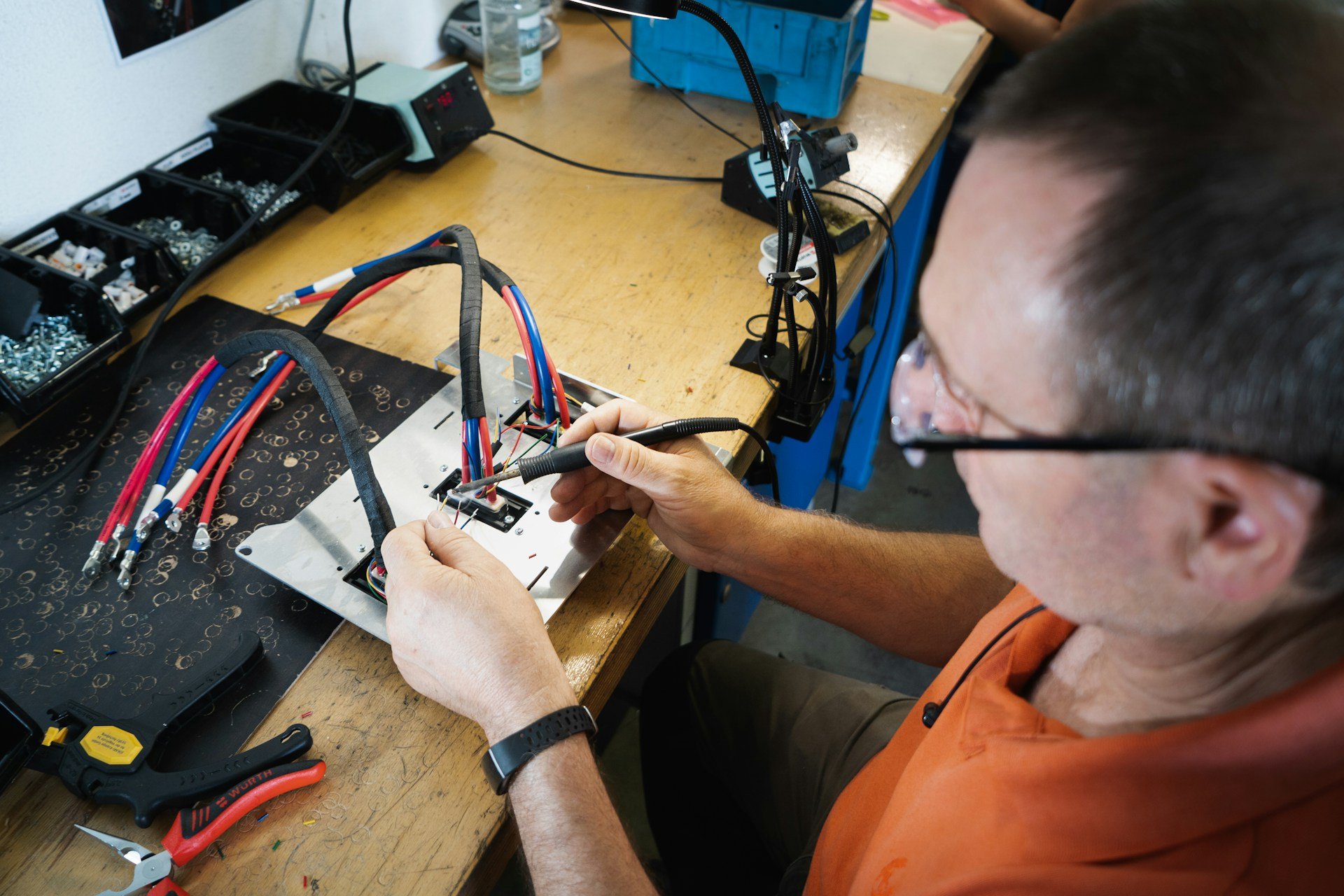On April 22, the European Union issued a directive to protect consumers which pushes companies to extend the warranty of household appliances and electronics, and stimulates repair rather than replacement to extend their life cycle and avoid millions of tons of waste. The directive aims to combat planned obsolescence of devices that we regularly replace, by promoting a circular economy.
What is planned obsolescence and to what extent does it pollute?
It is common knowledge that electronic devices are destined, over time, to stop working. We speak of planned obsolescence when the company decides to voluntarily limit the life cycle of your product. This pushes the consumer to buy the next model already available on the market.
You too can rediscover the pleasure of staying informed!
Your support helps protect our independence so that we can continue to produce quality journalism that is open to all.
Support us
The amount of waste produced by this practice is only part of the problem. Electronic waste represents a separate category, called in English electronic waste. The report “Electronic waste monitor » drawn up in 2024 by the United Nations, it speaks of 62 million tonnes of electronic waste produced in 2022, an increase of 82% compared to 2010. Only 22% would have followed a correct elimination and recycling cycle.
Planned obsolescence is the basis of companies' logic of profit, but the waste that ends up in landfills represents enormous waste. In a circular economy, they would make it possible to recover billions of tonnes of raw and rare materials. In addition, they often electronic waste end up in developing countries, with extremely negative consequences on the health of local populations. This is due to harmful substances contained in devices that are not disposed of properly. At the Agbogbloshie landfill in Ghana alone, more than 190,000 tonnes of e-waste arrive each year.
What do European regulations provide?
The European directive, approved by Parliament on April 23, 2024, must still be formally approved by the Council. Upon approval, EU member countries will have 24 months to implement measures to guarantee the so-called “right to repair”. Planned obsolescence is actually part of a larger problem involving a general consumerist tendency to replace broken devices rather than repair them. The reasons may be the difficulty of finding spare parts, or the cost of a repair operation, which is higher than a new purchase.
Member countries are therefore advised, for example, issuing incentive vouchers for repairs at favorable prices for consumers. Companies will be forced to extend the warranty of their products by one year. Even if the warranty has expired, they will be required to provide necessary replacement parts and repair services for common household appliances.
The creation of a European online platform is envisaged, with national sections to locally inform consumers about the nearest center to repair their device. It is thus hoped to reduce planned obsolescence as well as the economic problems that hit consumers each time a device breaks down prematurely and it seems more practical to replace it than to repair it.
What to do on a daily basis for the circular economy
The European directive on the right to repair aims to encourage repairing electronic devices that we tend to replace, forcing companies to forgo revenue from planned obsolescence. In everyday life, repairing electronic devices is becoming easier and simpler and in our own way we can encourage this transformation. If, in less recent times, there was the problem of having to go to an authorized dealer for spare parts, today there are various online platforms that offer them for sale.
We need to free ourselves from the idea that it is easier to buy new electronic devices, partly because Repairing a device costs less, in the long term, than always replacing it. We must be convinced that it is not really necessary to acquire a new model of smartphone, while the one we already have can perform all the necessary functions if properly repaired and maintained (memory cleaning, updates). up to date, watch out for malware, etc.). If the habits of the majority changed, the production methods of companies would also have to adapt.
The report on the volume and disposal of e-waste shows that in the future, the amount of e-waste going to landfill will increase significantly, worsening the already tragic consequences of waste trafficking and human exploitation that are created around illegal dumping. Change our habits it also helps avoid dumping further waste of our well-being on the most vulnerable populations.

